-
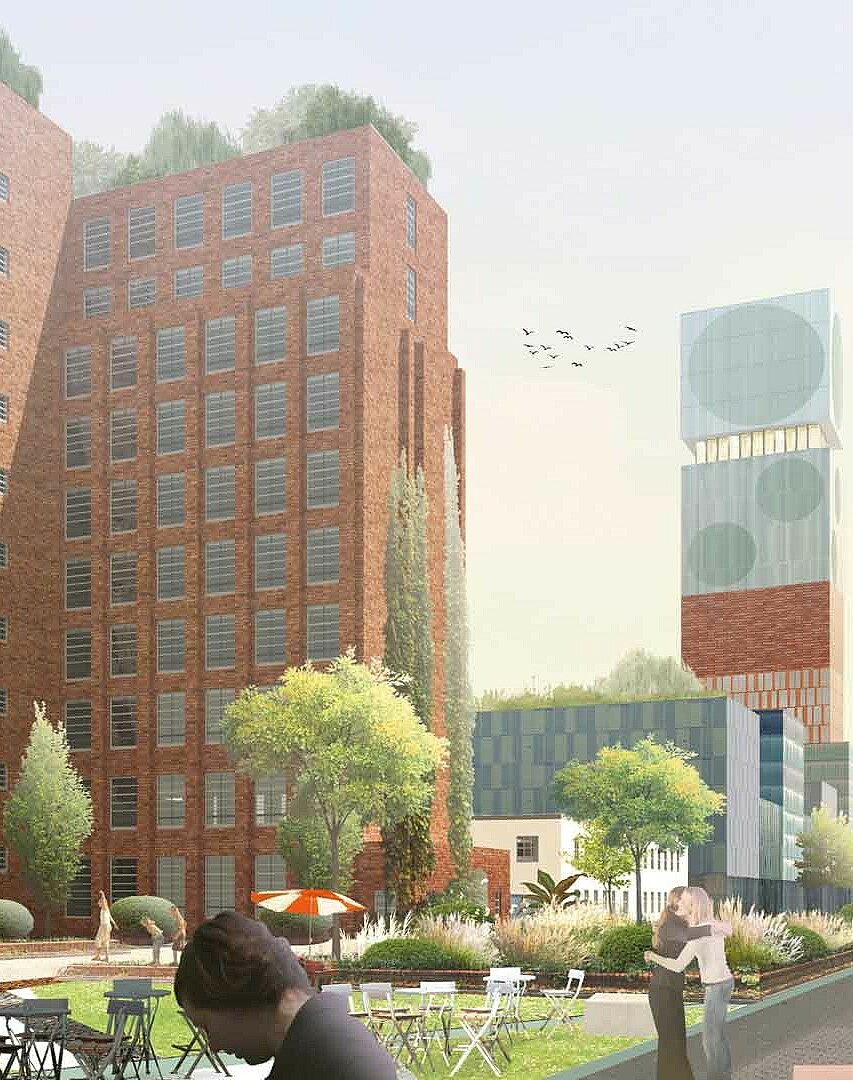
Fotocredit: Ortner & Ortner / Siemens
26.05.2020Siemensstadt 2.0: Research and industry closely linked
Every child in Berlin is familiar with the Siemensstadt district. Siemensstadt 2.0 on the other hand, is a place of the future. By 2030, a modern, cosmopolitan innovation campus will be built on the company’s historic site in the northwest of the Brain City Berlin and will closely link research, production, accommodation, living and working. One of the first projects to take shape as part of Siemensstadt 2.0 is the Werner-von-Siemens Centre for Industry and Science. The Berlin Senate has now granted 9.9 million euros for its first research project on ‘electrical drive technology’.
‘Siemensstadt 2.0’ is the name for the 70-hectare project site, which is currently being built on historical ground in Berlin Spandau - a new “Zukunftsort” in the Brain City Berlin. Siemens has been based here for more than a century. However, the traditional Siemensstadt will soon be transformed into an innovation campus; a cosmopolitan district with a close-knit network of working, living, learning, research and production. The connection between industry, science and living is at the heart of the Siemensstadt 2.0 concept - an approach that offers plenty of room for innovation and creativity.
The global company plans to invest around 600 million euros in its site over the next five to ten years. The decision was quite obvious to Dr. Karina Rigby, Vice President of Siemens AG and responsible for the content of Siemensstadt 2.0: “Berlin is part of our DNA. For a few years now, we’ve been thinking about how to secure the future of our location here. Berlin is a digital metropolis as well as one of Europe’s leading start-up cities. Siemens is currently experiencing an unprecedented shift towards the digitalisation of our business. This project will create a place of the future with which we want to continue the success story of Siemens and Berlin - in a modern way.”
Open, colourful mix of usage
Modern, which in this case also means a conscious opening to the outside. Rigby: “Previously, Siemensstadt was more or less a closed ‘Siemens society’. Now, we are opening Siemensstadt to everyone and creating a modern, cosmopolitan ecosystem. Wilhelm von Siemens, the son of our company founder, had the vision of creating a new district on green lawns and interlinking living, learning and working there. We are taking up his idea.”
Siemensstadt 2.0 is still in the planning stage. It is based on a draft by Berlin architectural firm Ortner & Ortner Baukunst, which won the urban development competition at the start of 2020. “The design is based on functioning, close-knit districts which are connected to each other by different exciting public spaces,” explains Stefan Kögl, General Manager of Siemensstadt 2.0 and responsible for the architectural implementation. “This idea is not that new but combined with a strong and diverse mix of purposes, we will experience the redesign of a future-oriented district.” In a rapidly changing world, the project underlines the company’s claim to be a technological pioneer.
The unifying element of this mix of uses are the general zones accessible to the public. A striking high-rise building leading on to the ‘Stadtplatz’ town square will form the new centre of the area and the historic switchgear factories will partly be redesigned for public and cultural use. The project area, intersected by the Nonnendammallee road, comprises various different spaces for apartments, office and commercial buildings, industrial production, retail and gastronomy, hotels as well as social, cultural and public facilities. Buildings for start-ups, cooperation partners and research institutions are also planned. A central aspect of the concept is that the districts will be strongly interwoven in order to promote exchange, vitality and creativity around the site.
This project will create a place of the future with which we want to continue the success story of Siemens and Berlin - in a modern way.
(Dr. Karina Rigby, Vice President Siemens AG)
Showcase for the structural change in production techniques
The first technology-related component in the conversion of the area into Berlin’s future-oriented site is the ‘Werner-von-Siemens Centre for Industry and Science’. The research cooperation between Siemens, the Technische Universität Berlin (TU Berlin), the Fraunhofer Gesellschaft and the Bundesanstalt für Materialforschung und -prüfung (BAM) was officially formed in summer 2019. The project was preceded by an agreement between Siemens, the three cooperation partners and the Berlin Senate. The objective of these partnerships which are supported from Berlin with funding in the double-digit million range: to collaboratively research and develop future-oriented technologies.
“The Werner-von-Siemens Centre for Industry and Science’ regards itself as an open-minded ecosystem for research and development, located directly at the production site. Science and education will be promoted here through close cooperation with partners, through professorships, but also through network meetings and sharing best practices: everything at the open heart of production if you like,” says Erik Wiegard, Managing Director of the Centre, adding: “Our vision is to make the Werner-von-Siemens Centre a showcase for structural change in production technology.”
What is special about the project: ideas from research and science can be implemented directly and quickly on site through the co-creation and co-location of partners. After all, innovation no longer take place in isolated research laboratories. Erik Wiegard emphasises: “In a world where disruption and transformation have become normal, cooperation plays an important role. Our partners are renowned research institutes, innovative companies and highly promising start-ups - a very colourful mix indeed. We want to come together in one space in order to quickly and effectively research and develop. We want the nature of this collaboration to be based on at eye level.” In research, the Werner-von-Siemens Centre will primarily focus on digital production processes, additive manufacturing processes and new materials. “In terms of content we are currently focussing on structural changes in production technology. In the long run, we also want to address issues of mobility and infrastructure - topics that are relevant for growing cities,” adds Wiegard.
For us, Siemensstadt 2.0 is the project of the century and a unique concept within Europe.
(Stefan Kögl, General Manager Siemensstadt 2.0)
Research is already underway
23 partners are currently working on the project, including local small and medium-sized businesses. Work on the centre is yet to leave the starting blocks. On 6 May, the Berlin Senate granted 9.9 million euros for the first research project on ‘electrical drive technology’. Requests for funding are currently ongoing for two additional research projects on production techniques. “As soon as grants are awarded, concrete work can begin on the joint projects with are planned to run until 2022. At the same time, new research projects will be reviewed and submitted, particularly on mobility and energy change,” according to Erik Wiegard. It is also planned to establish three professorships at the TU Berlin from 2022 onwards, that will research and teach both at the university and on the Siemensstadt 2.0 campus.
There are already concrete examples of knowledge transfer between the project partners: for example, Siemens is collaborating with the TU Berlin as part of the Berlin research campus Mobility2Grid in order to drive forward innovation to implement alternative energy and mobility in networked districts. Partners at the center are also researching new concepts on how to integrate large electric fleets into local smart grids in future. “Even in the area of additive manufacturing there are examples of knowledge transfer,” explains Erik Wiegard: The Fraunhofer Gesellschaft and Siemens are collaborating in different areas, including the realisation of new designs and manufacturing routines of additive components from the turbo machine industry or qualifying new high-performance alloys for gas turbines.”
Beacon project
Erik Wiegard is convinced that the cooperation will also promote Berlin as a science location: “Through the special connection of science and real manufacturing, the Werner-von-Siemens Centre is something of a beacon. We are already noticing great interest from potential partners and are certain that the Centre will attract further, excellent scientists and young talent.” This not only relates to science but also on an entrepreneurial level. “We are hoping for lively co-creation with innovative start-ups. If we’ve got it right, the Werner-von-Siemens Centre will significantly strengthen the innovation ecosystem in Berlin.”
However, it will be some time before the Werner-von-Siemens Centre can shine inside the Siemensstadt 2.0. The team is currently working on an urban masterplan based on the drafts by Ortner & Ortner which specifies how buildings and areas will be used. Another architectural competition for the first construction phase is due to take place this year. Construction is scheduled to start in 2022 at the earliest. It will then continue into the future, one step at a time.” General Manager Stefan Kögl is looking forward to it with excitement: “For us, Siemensstadt 2.0 is the project of the century and a unique concept within Europe.”

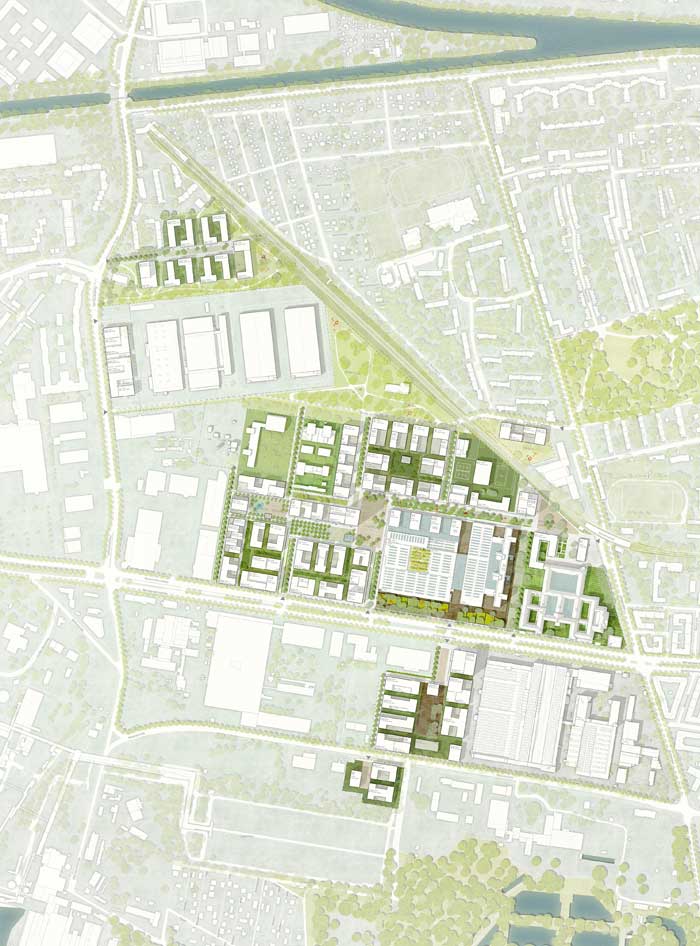
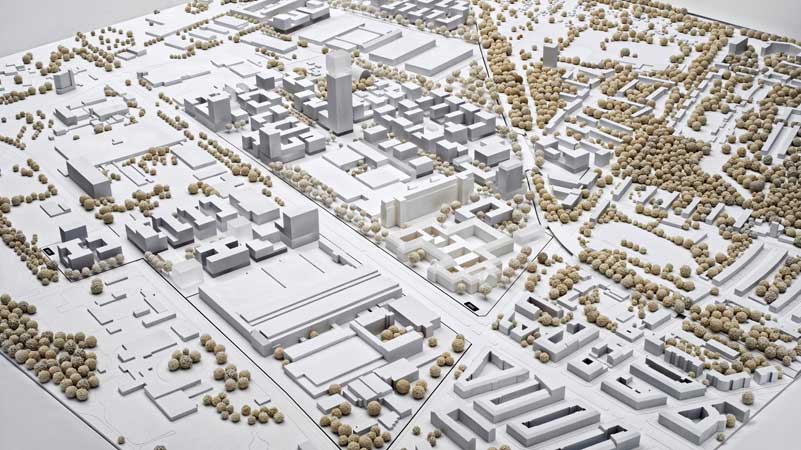
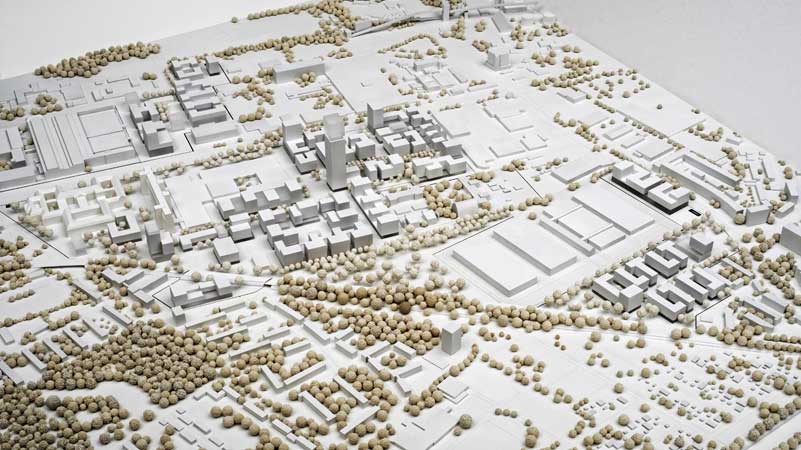
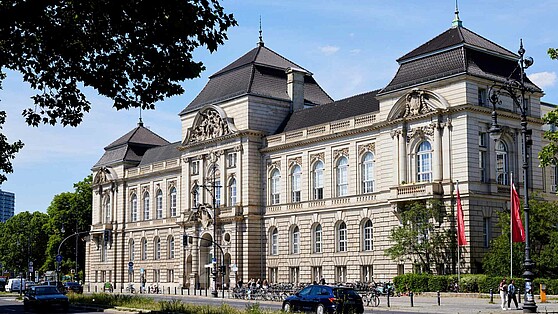


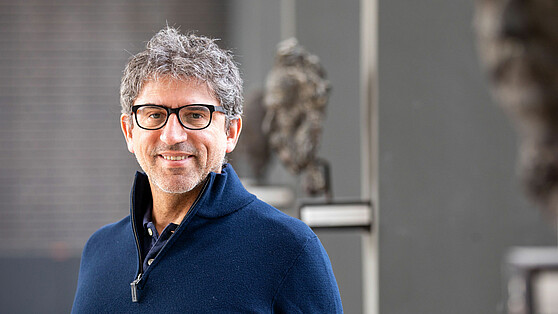
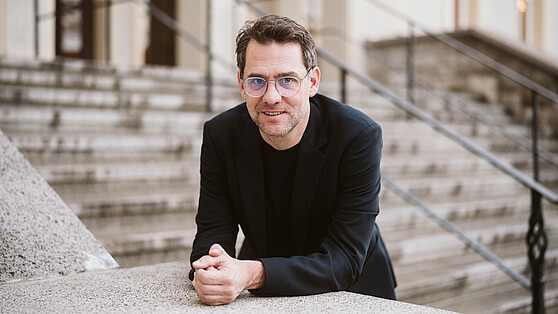
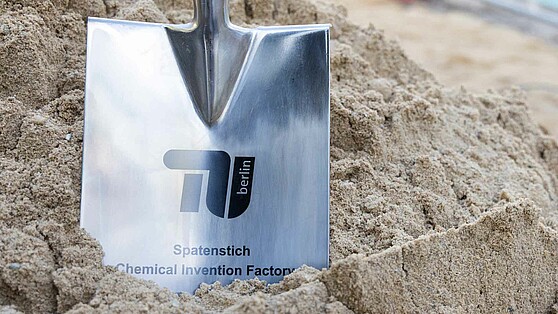
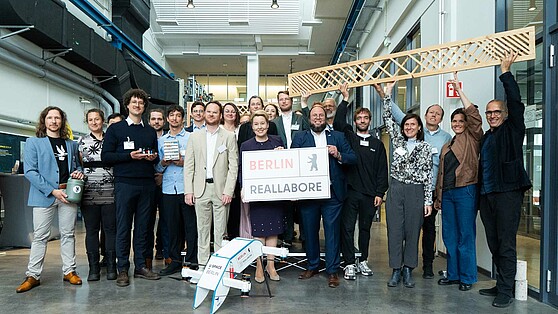
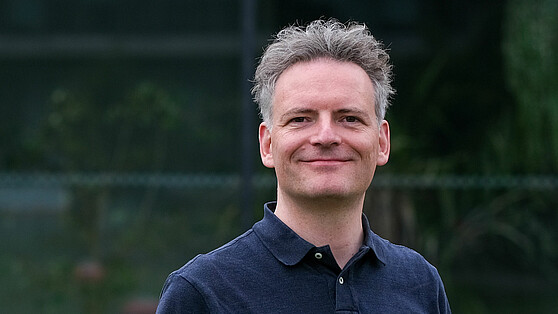
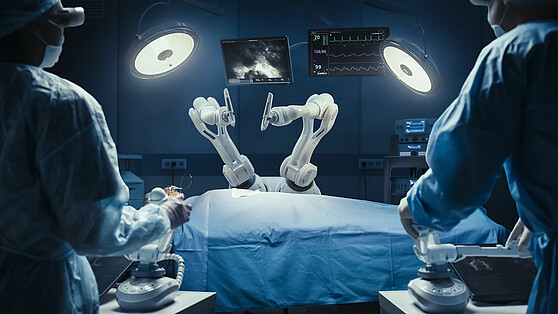

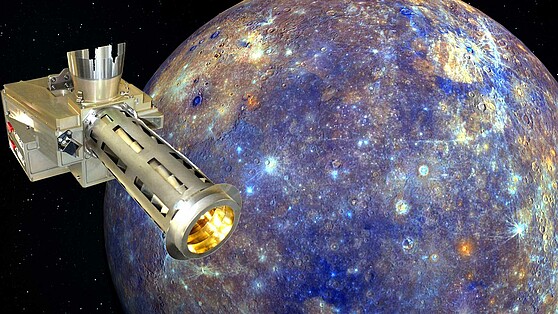

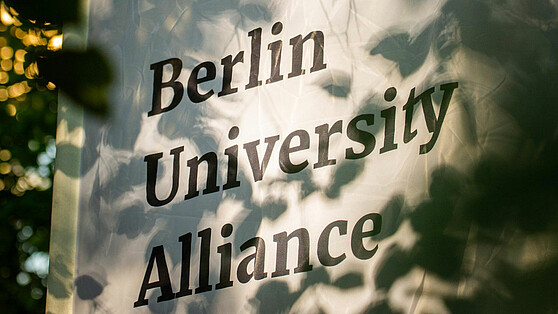

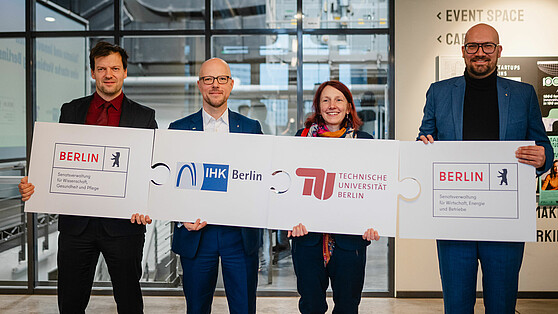
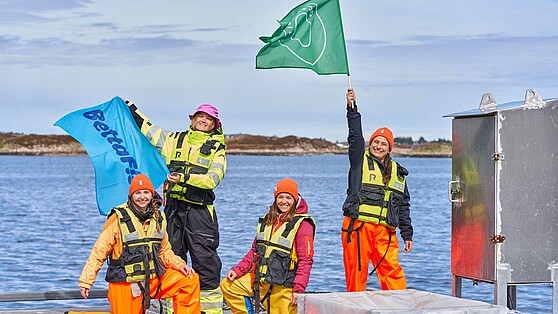
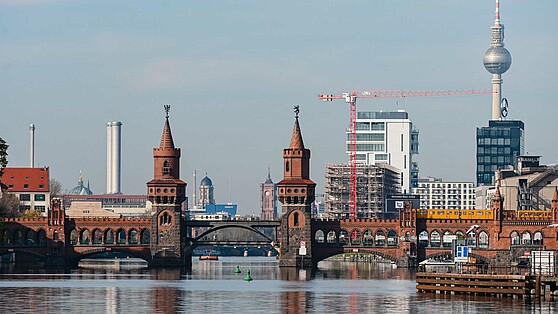
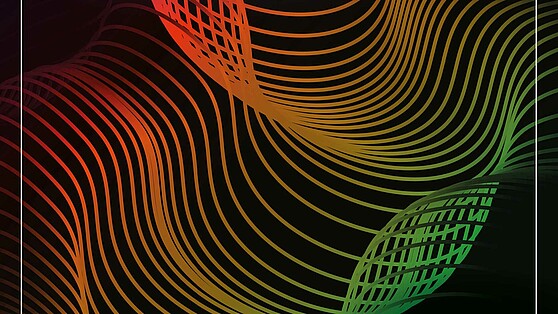
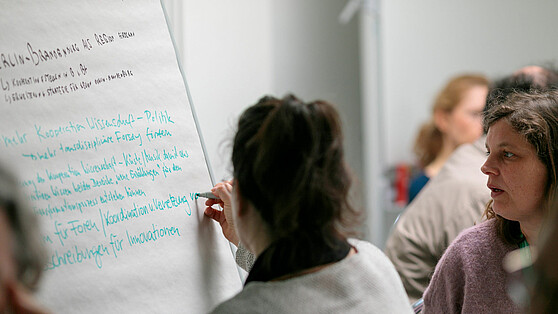
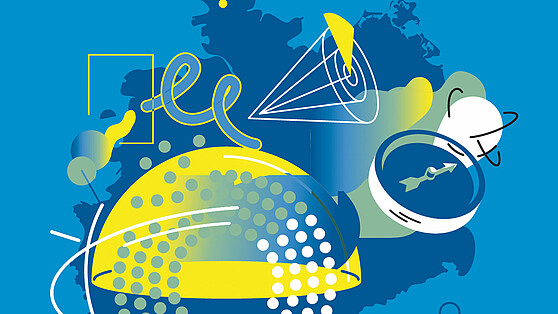
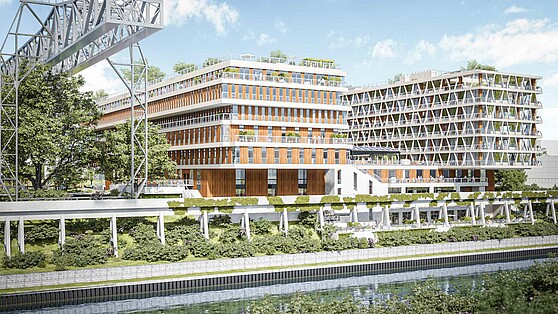
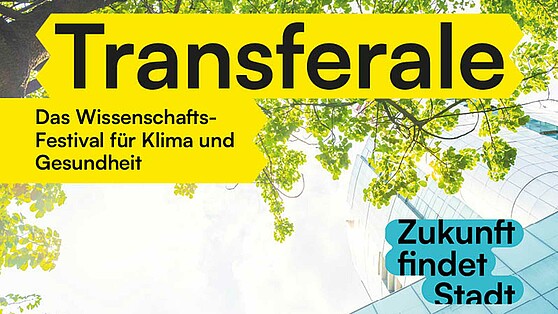
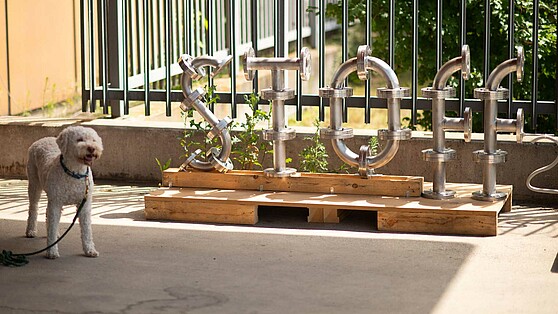
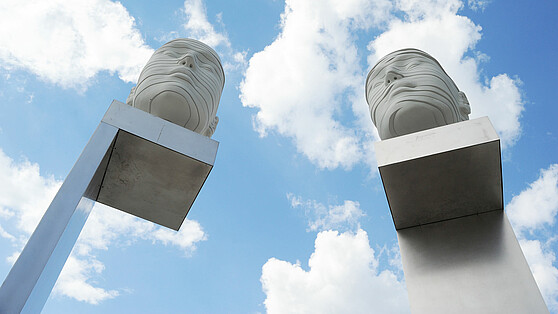
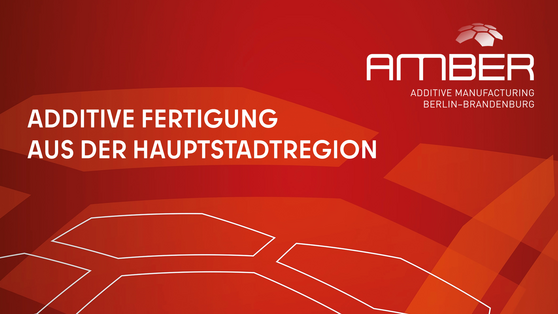



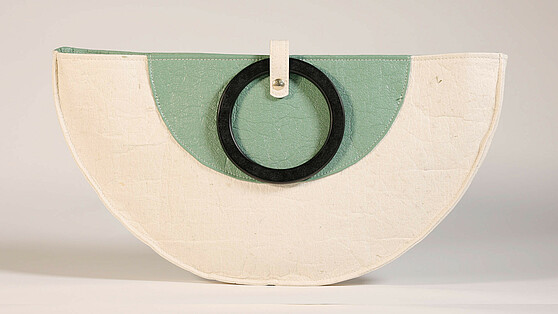
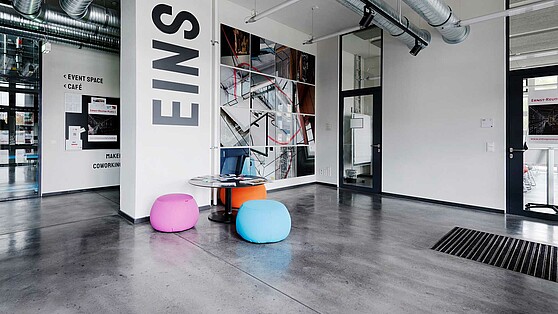
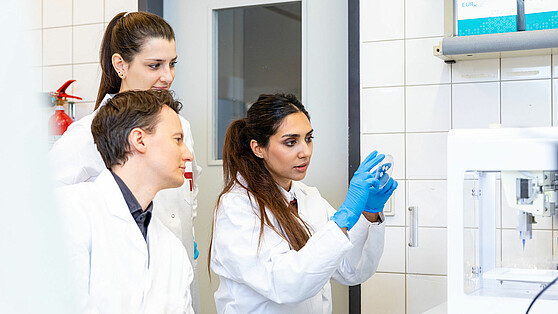

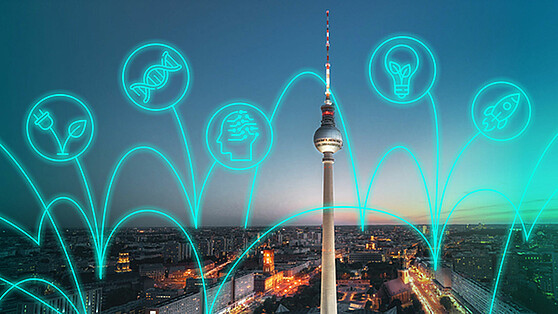


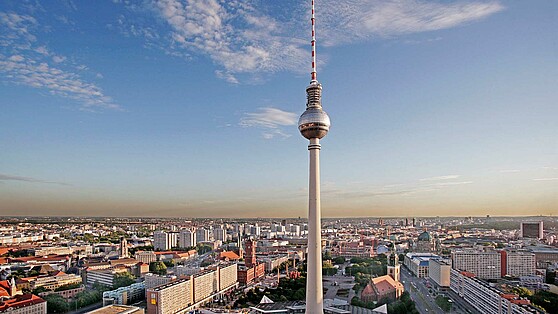
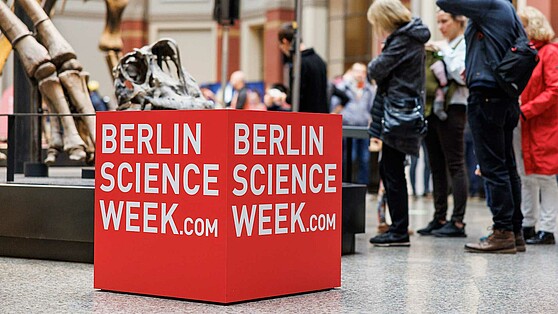

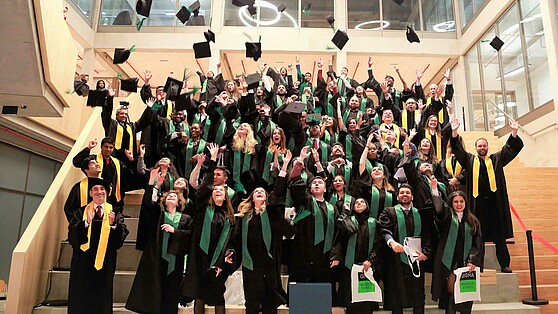
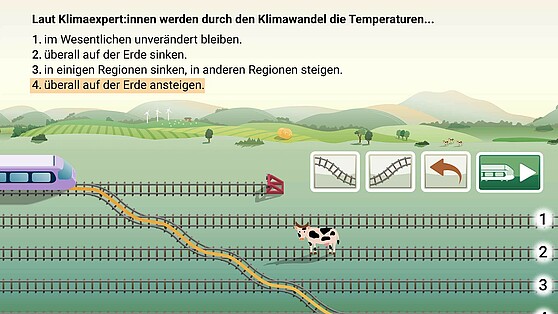
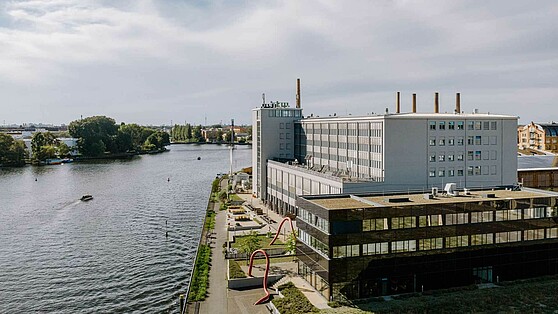
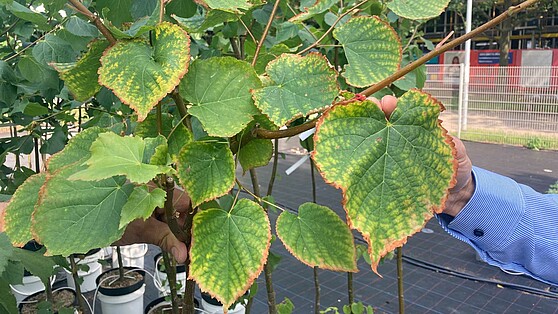

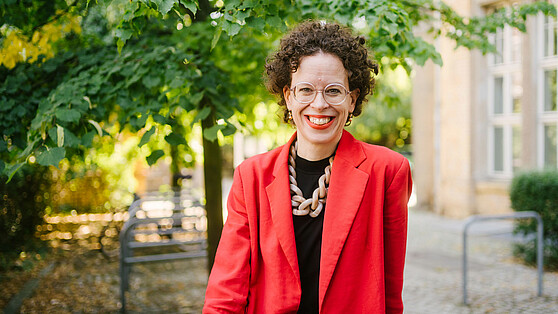
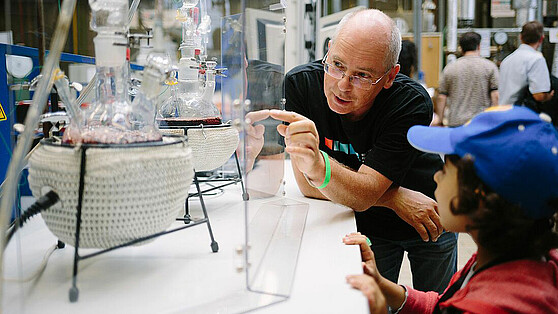

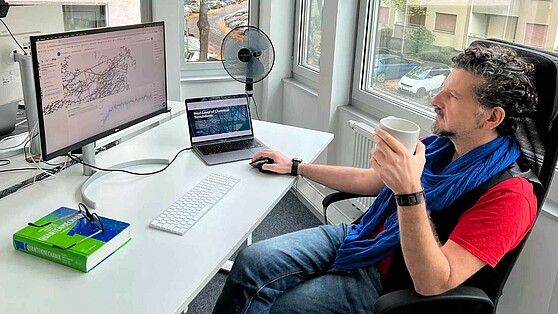
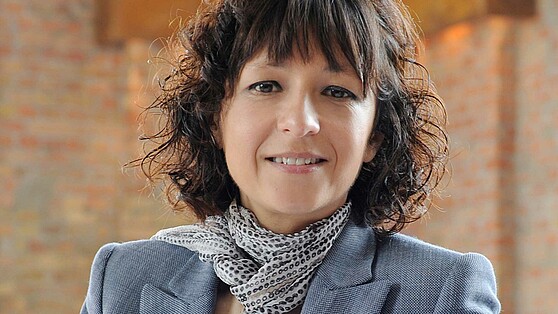

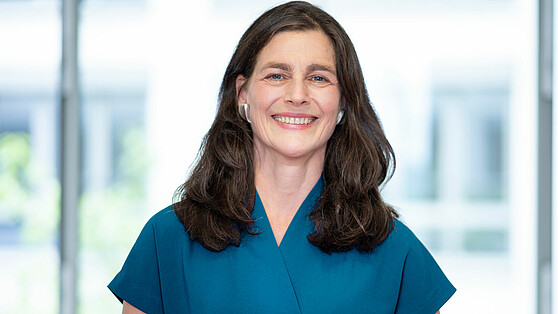
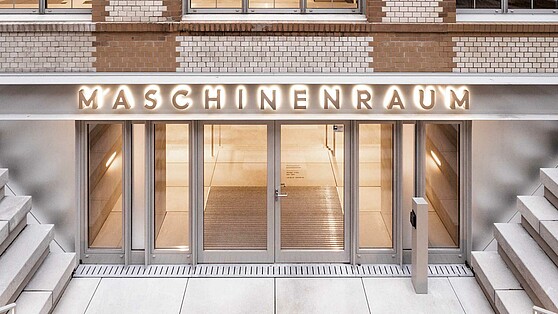
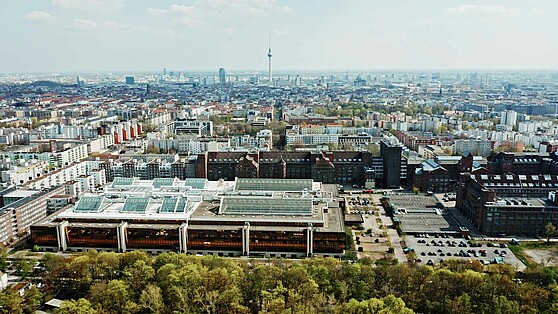
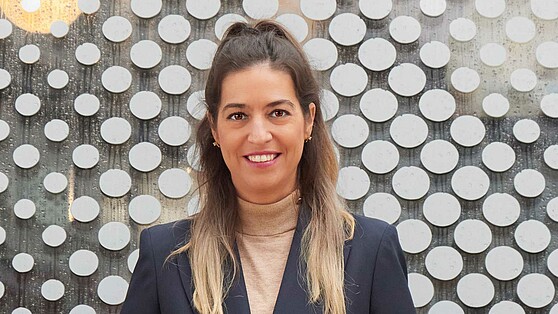
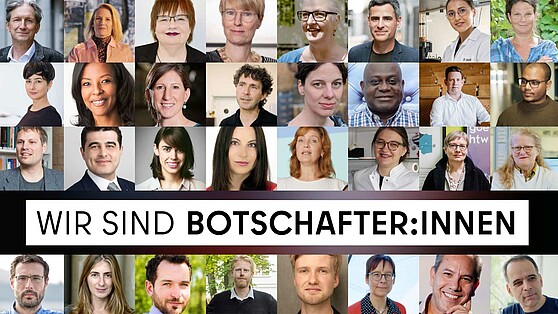





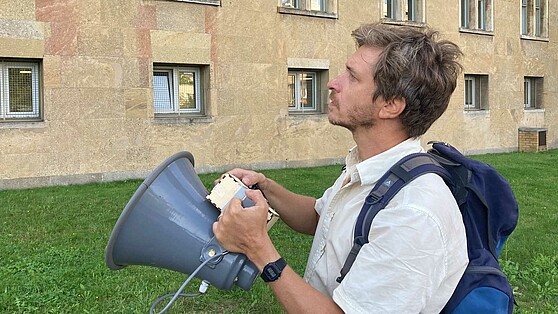


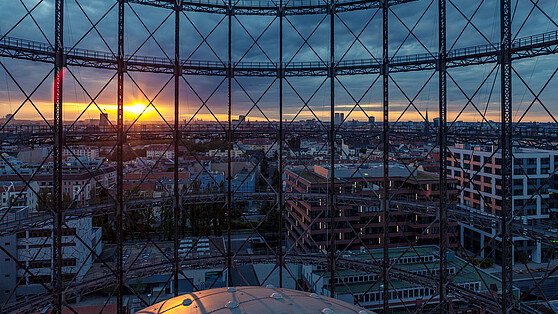
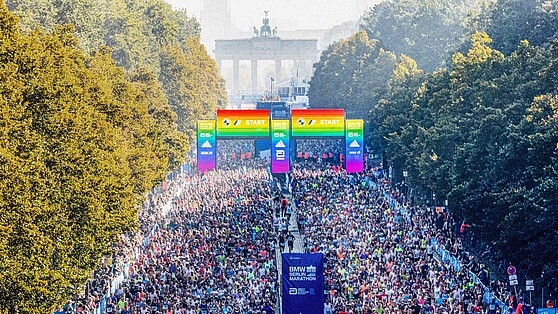
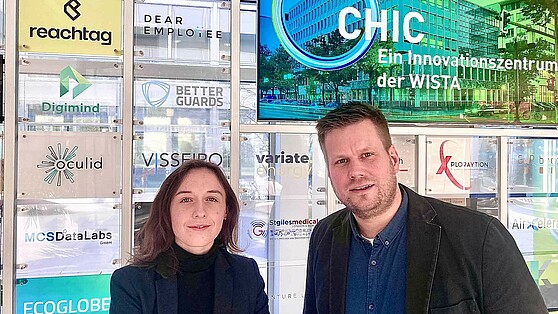
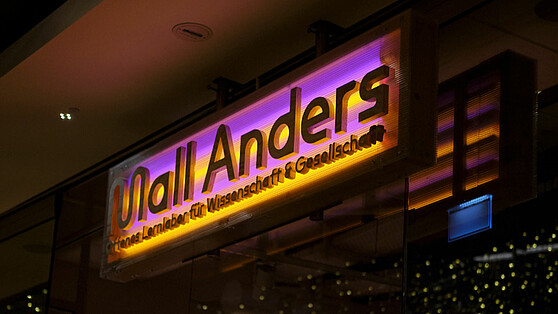
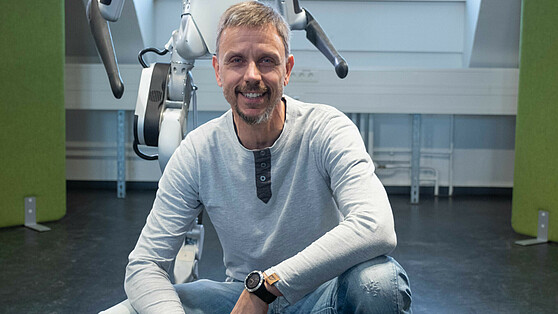
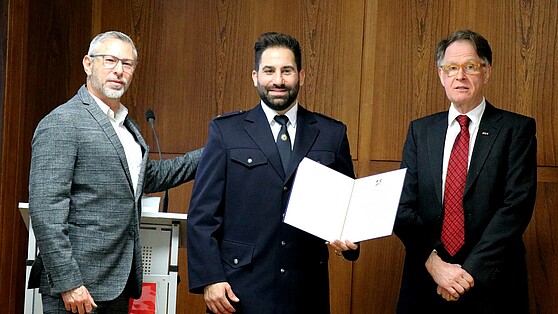
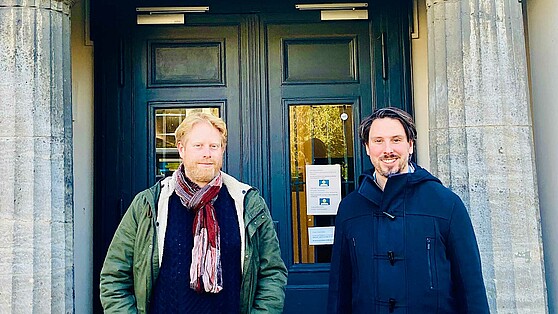
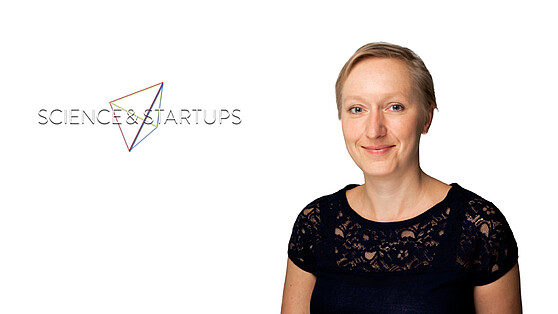

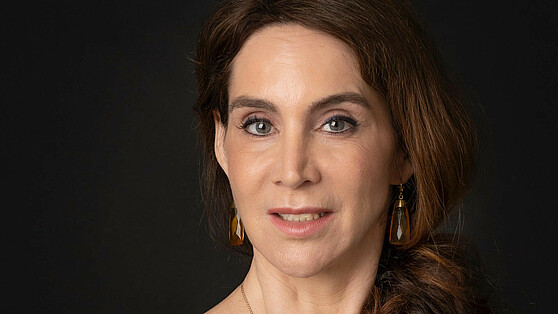
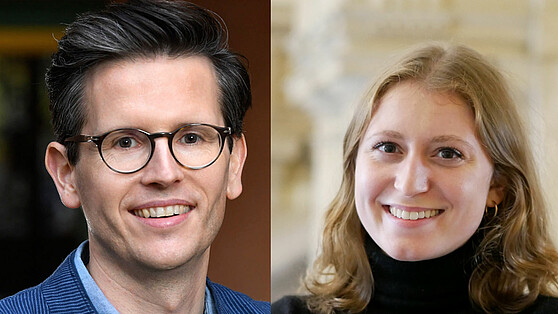

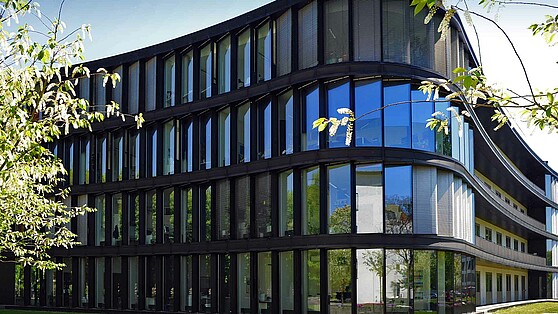
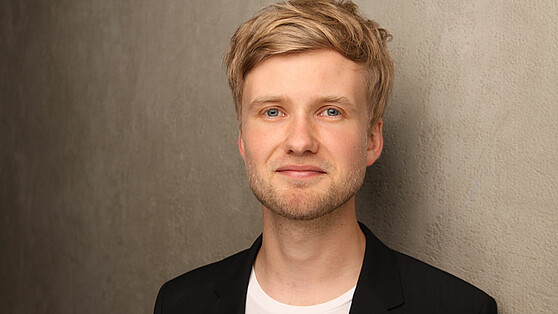
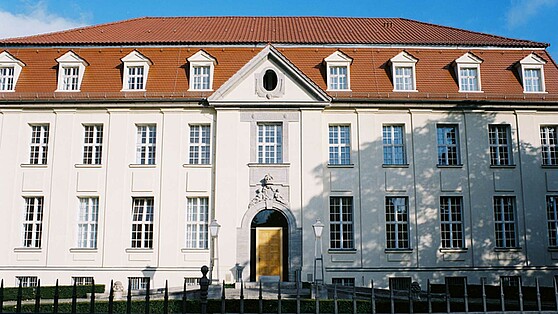

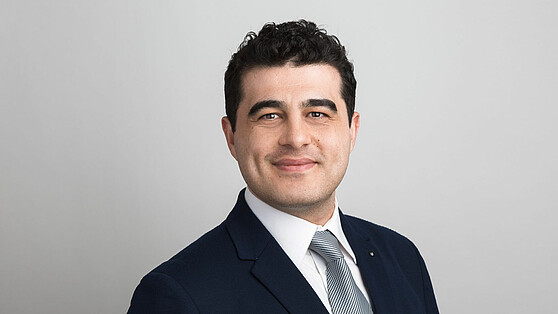
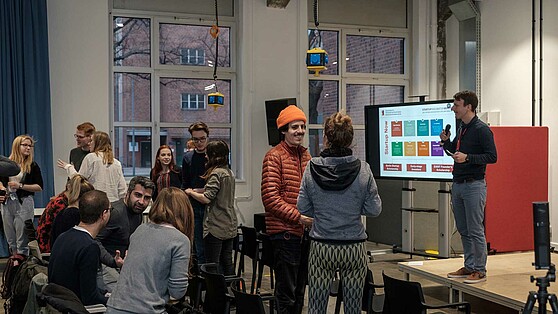


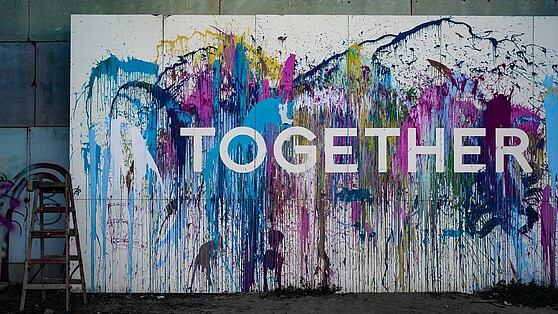
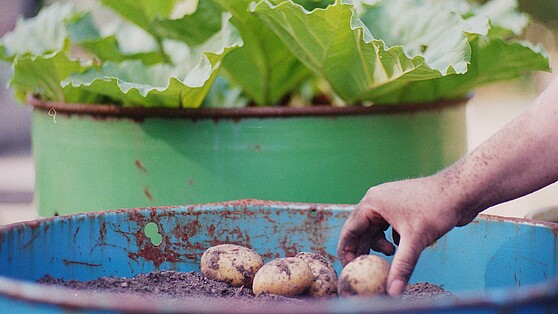
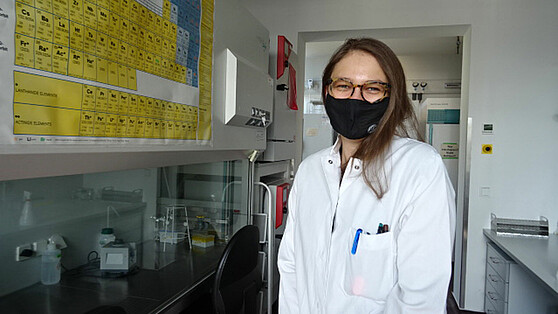
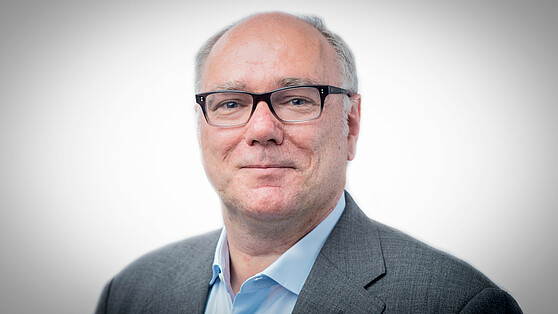
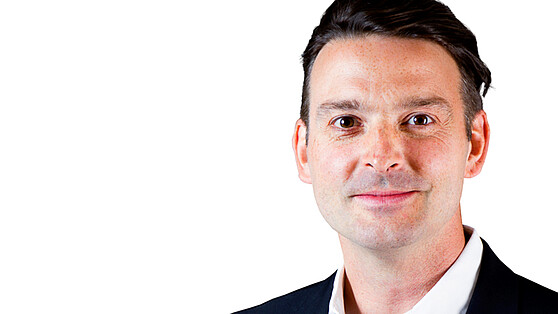

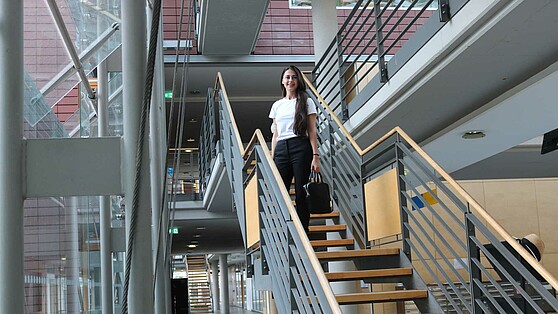
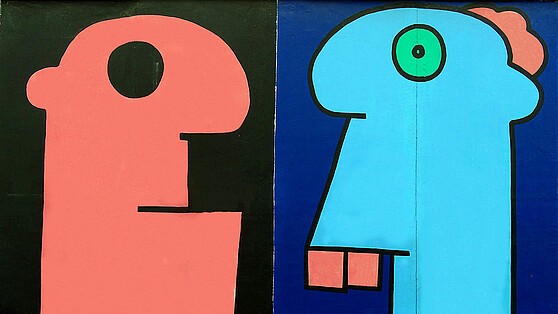
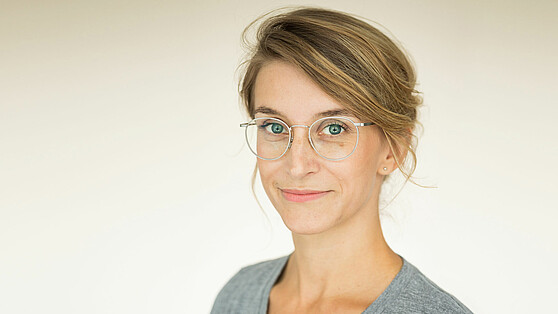
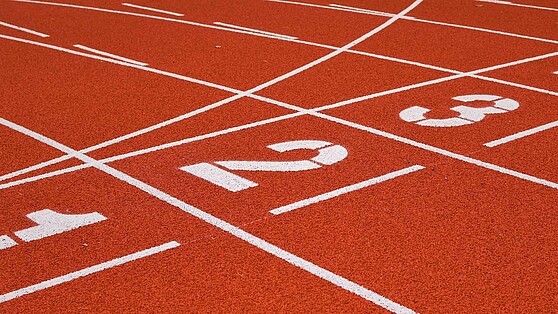
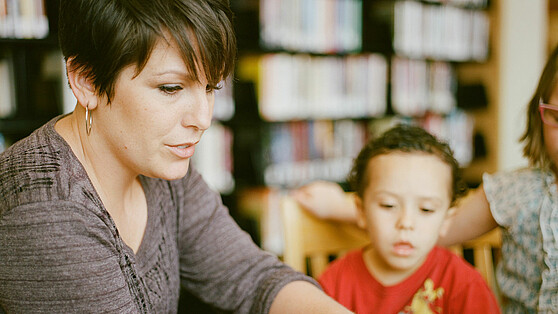
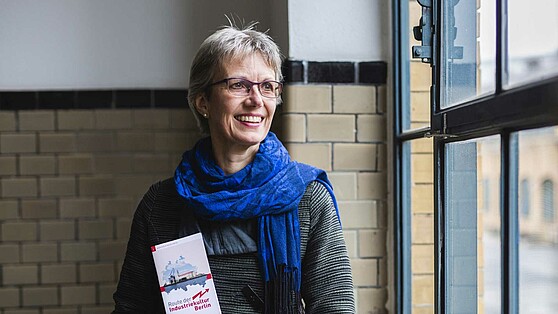

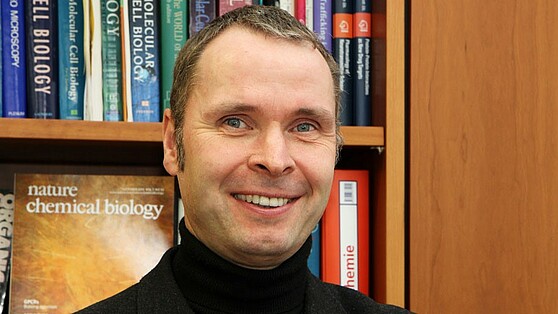
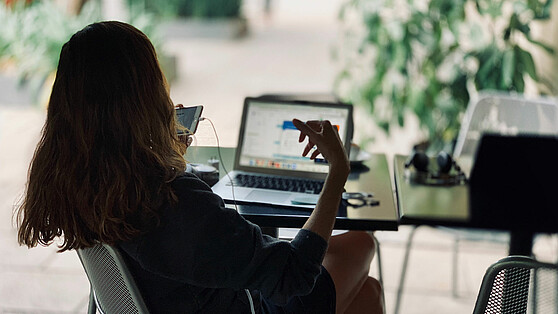
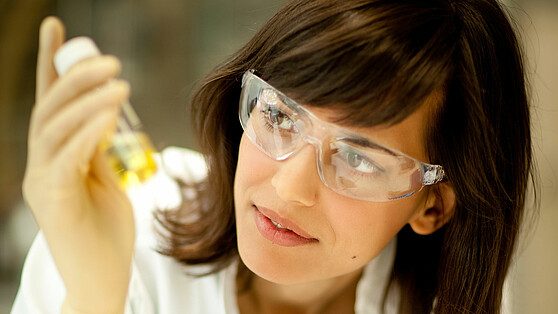
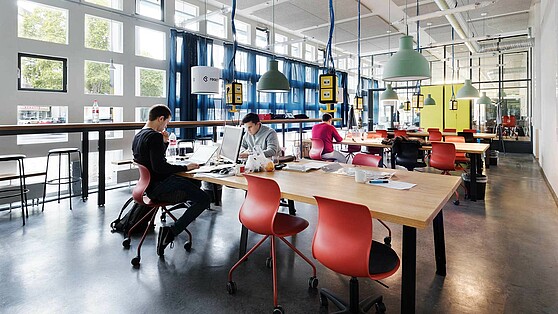


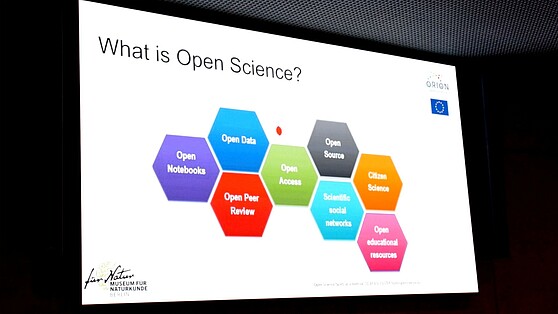
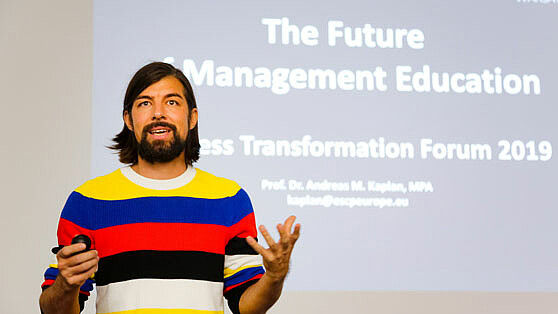

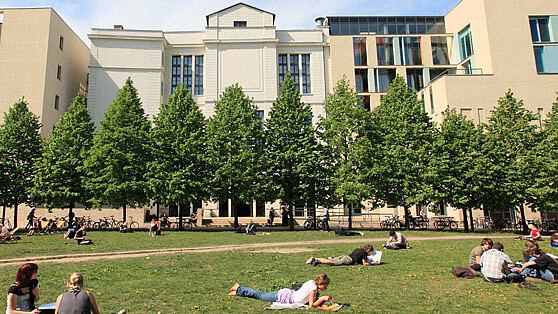
![[Translate to English:] [Translate to English:]](/fileadmin/_processed_/9/d/csm_bwasihun-vdo_558x314_c0d384ce60.jpg)
![[Translate to English:] Berlin University Alliance/Matthias Heyde [Translate to English:]](/fileadmin/_processed_/5/a/csm_Berlin_University_Alliance_Matthias_Heyde-558x314_4bc591ca3c.jpg)
![[Translate to English:] David Ausserhofer/IGB [Translate to English:]](/fileadmin/_processed_/6/f/csm_Hupfer__Michael_____R__David_Ausserhofer_588x314_6fef164e57.jpg)
![[Translate to English:] Helena Lopes / Unsplash [Translate to English:]](/fileadmin/_processed_/b/6/csm_helena-lopes-1338810-unsplash_558x314_857802ad2f.jpg)
![[Translate to English:] HZB/M. Setzpfandt [Translate to English:]](/fileadmin/_processed_/f/a/csm_LNDW_HZB_558x314_e1e3500ed5.jpg)
![[Translate to English:] Tim Landgraf [Translate to English:]](/fileadmin/_processed_/0/7/csm_Car2CarEnergySharing_Tim_Landgraf_558x314_485bf716e9.jpg)
![[Translate to English:] [Translate to English:]](/fileadmin/_processed_/b/6/csm_Open-Access_Berlin-Partner_Wu__stenhagen_558x314_dd0c6e714d.jpg)
![[Translate to English:] Thomas Rosenthal - Museum für Naturkunde Berlin [Translate to English:]](/fileadmin/_processed_/6/d/csm_Museum_fu___er_Naturkunde_Berlin_Thomas_Rosenthal_f11b8ba056.jpg)
![[Translate to English:] [Translate to English:]](/fileadmin/_processed_/f/c/csm_TU_Berlin_Cem_Avsar_558x314_4b07bcb055.jpg)